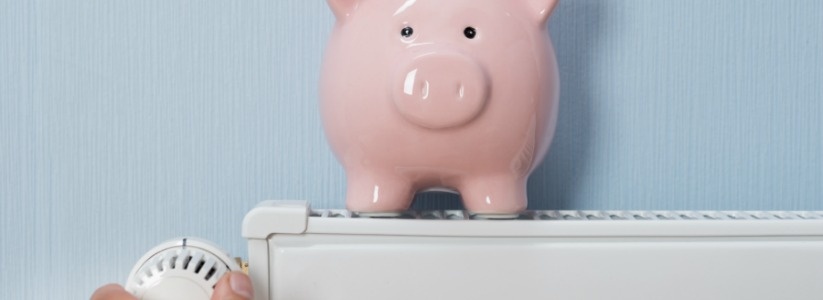No-one should be forced to choose between having food to eat and being warm and comfortable in their own home. Sadly, and all too often, this is the choice that some of the poorest and most vulnerable people face… so how can we alleviate the some of the burden of financial pressures for residents so they can heat and eat?

According to the latest government figures, there are now 2.38 million households in fuel poverty in the UK – with the number of fuel poor increasing, and with the heat of summer still feeling so far away, something needs to be done.
It’s important to remember “households” means people, with elderly couples, young families with small children and other vulnerable groups. Social landlords do all they can to keep people healthy as they are established on the principle of serving and protecting the most vulnerable in our communities.
Putting community back into community heating
Community heating gives the social landlord the opportunity to make a significant impact on the cost of heat for their residents. Operating community heating schemes gives social landlords an additional way of tackling fuel poverty and the health of their vulnerable tenants.
Why do we say this? Social landlords can run community heating systems on a not for profit basis - real “community” heating, run by the community for the benefit of the community. Social landlords can involve the community, making sure that the residents understand the aims of the scheme, and how the tariff is used as a tool for distributing the costs of providing heat fairly and equitably.
Setting a fair tariff with the resident in mind
Among the most important elements of any scheme is billing, and residents need to understand the pricing structure, especially if tariffs include a fixed price component. All consumers need to know what they are paying for, and a clear explanation can avoid confusion and improve collection rates. This can also help residents to control their expenditure more effectively and - as smart meters are introduced more widely - information on how to use them should also be provided in order to gain full benefit.
Unlike utilities, the prepayment stigma is lifting for communal heating, with many residents opting to use pay-as-you-go (PAYG) technology. In fact, research carried out by DECC showed that 59% of 18-34 year olds were interested in PAYG utilities. Modern smart metering and PAYG are now seen as, and are an essential part of delivering a customer friendly solution that helps residents manage their budgets, protects the scheme finances (important in keeping scheme costs low) and gives the social landlord the tools they need to help support and protect vulnerable residents. At Switch2 we see no need to charge more for PAYG and with modern connected PAYG systems the residents has a wide choice of payment options. This avoids the cost of generating and issuing bills and expensive credit control and debt collection processes.
Meters and billing solutions are key to running a community heating system and play a significant part in delivering affordable heat. Social landlords may not have the expertise in the management of community heating systems needed, but this is where companies like Switch2 come in.
Keep costs fair and transparent by utilising metering and controls
The ideal solution comes down to the willingness to offer PAYG communal heating system with fair tariffsthat include a minimum level of background heating.
The communal heating system is directly under the control of the association, and there are no boilers, radiators or heaters to service in individual accommodation units. The fair PAYG tariff and metering final customers means that residents respect the energy they are using and demand what they need and can afford, rather than wasting energy because it’s “already paid for” by propping a window open.
The minimum level of background heat provided as standard by communal heating ensures that residents have a degree of thermal safety should the weather change rapidly overnight, and the fabric of the buildings - from pipes to wallpaper - offers protection against frost and damp, even when buildings are unoccupied.
The economic argument for communal heating in place of traditional gas and electric solutions is pressing. But as we move into winter, we should remember that the coldest time of year is also a festive one for families, and that no matter their circumstances or vulnerabilities, they should be able to gather together in their homes and eat and be comfortable.
Key takeaways:
- Know who your vulnerable residents are on a scheme and monitor them to ensure they are not falling into fuel poverty
- Set a fair tariff that is equal for PAYG and credit billing customers
- Use a metering system that will abolish flat rate charging and estimated billing, residents will then understand their billing and energy usage
- Metering a scheme with a fair tariff means that the resident will only consume the heat that is required and no more wasted heat by opening windows



